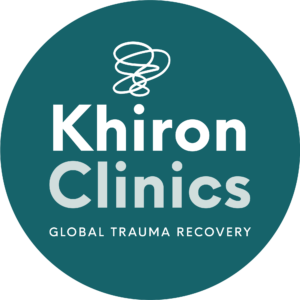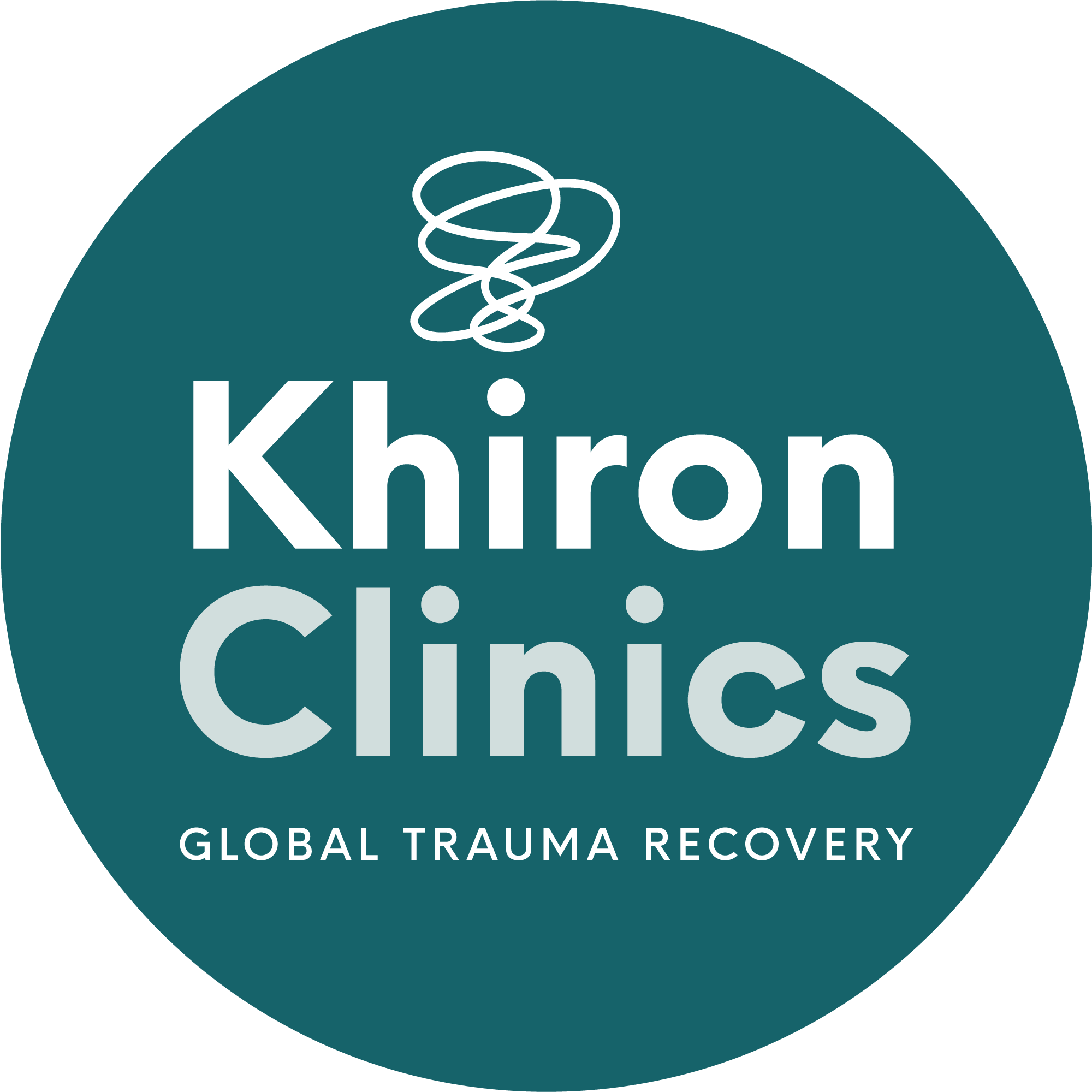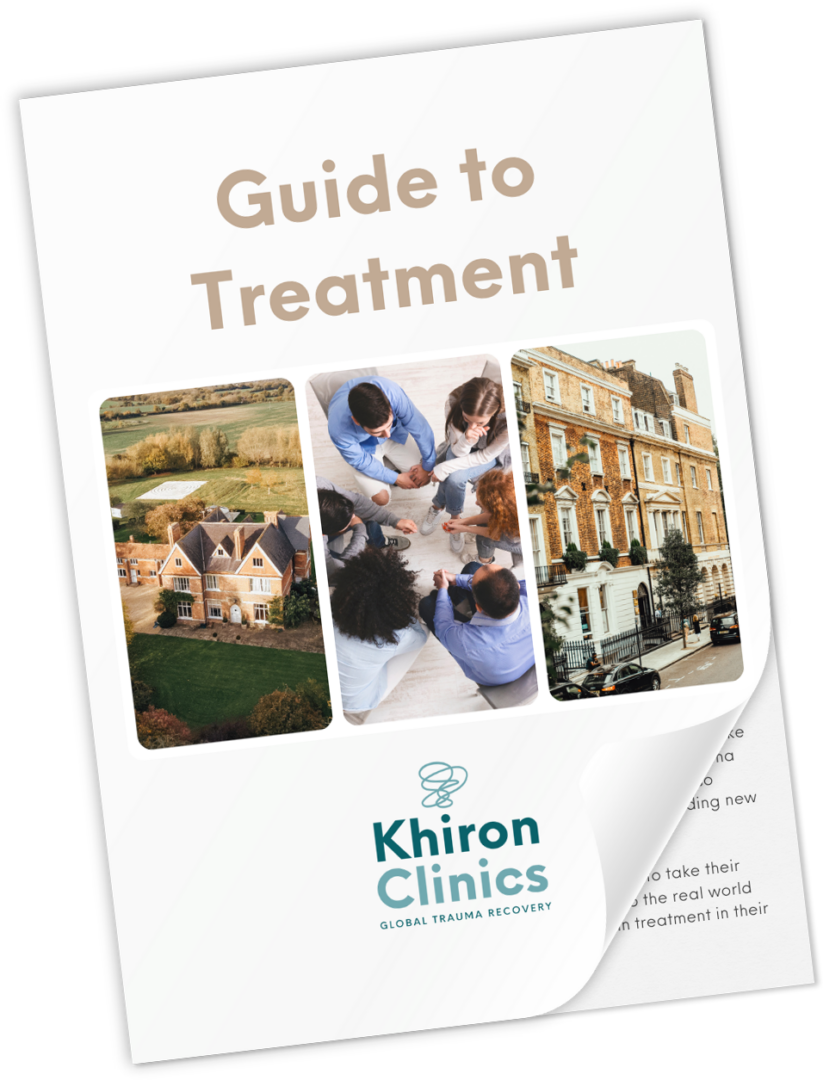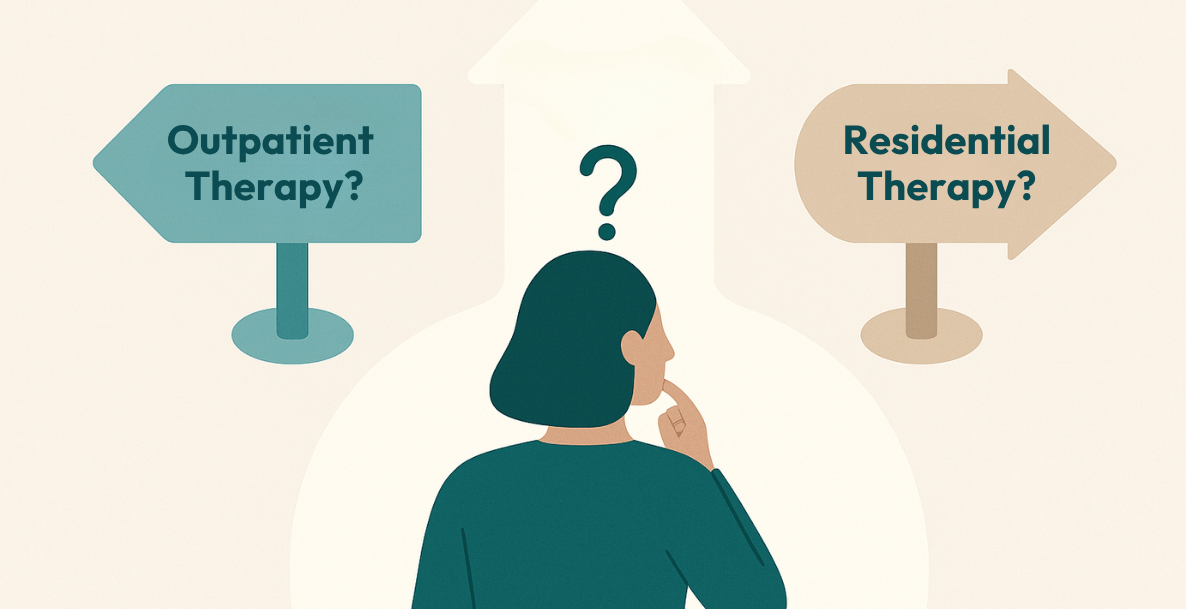Creative therapies, such as art therapy, music therapy, dance or movement therapy, and drama therapy, have gained recognition for their effectiveness in helping people to better understand themselves, process feelings and make positive changes in their lives. While these approaches may seem unconventional compared to traditional talk therapies, a growing body of scientific evidence that sheds light on why creative therapies work.
The science behind the effectiveness of creative therapies is grounded in the powerful impact of non-verbal expression, neuroplasticity, stress reduction, symbolic representation, and social connection. By providing unique avenues for self-expression and healing, creative therapies offer individuals a holistic approach to addressing emotional and psychological challenges. 1
What are Creative Therapies?
Creative therapies encompass a range of artistic practices, including Dance/movement, music, art, poetry, drama, expressive writing and psychodrama. Creative therapy practitioners must be accredited, and unlike arts-based support groups or healthcare practices, creative therapy centres on a person’s involvement in the therapeutic process as part of a targeted psychotherapeutic intervention.
Much like talk therapy, creative therapies have various approaches and aims. For some people, creative therapy can serve as a way to communicate feelings or emotions they struggle to verbalise or use a creative process to bring that not yet seen into a client’s awareness. Some creative therapies can also increase a client’s connection to their body, something they might have lost due to trauma or mental illness.
A Look at the Science
Researchers have identified three key brain networks involved in creativity: the default mode network, the executive control network, and the salience network. These networks work together, with the default mode network generating ideas, the executive control network evaluating them, and the salience determining which things tend to be noticed and which go unnoticed. For those with PTSD, the salience network is constantly scanning for threats.
It is thought that creative therapies may be particularly helpful when working with trauma as they can help you process traumatic experiences, which are often stored non-verbally in the brain. 2
Let’s look at the science of how creative therapies work.
Non-Verbal Expression and Emotional Release
One key factor in the benefit of creative therapies lies in accessing non-verbal forms of expression. Art, music, movement, and drama allow individuals to communicate, process and release emotions that may be difficult to express verbally. Studies have shown that engaging in these creative processes activates brain regions associated with emotional regulation and release, helping clients let go of emotions that may have been stuck and reducing psychological distress. 3
Neural Plasticity and Rewiring of the Brain
Creative therapies have the potential to promote neuroplasticity. This is the brain’s ability to reorganise its structure, form new neural connections, and strengthen existing ones.3 It enables learning, recovery from harm and adaptation as the brain rewires itself based on experiences, learning, and the environment. Artistic activities stimulate multiple sensory pathways, cognitive processes, and motor skills, engaging various brain regions simultaneously. This complex stimulation strengthens neural networks and promotes adaptive changes in the brain. As a result, creative therapies can enhance cognitive flexibility, emotional resilience, and problem-solving abilities.
Stress Reduction and Relaxation
Engaging in creative activities has been found to induce and enhance a relaxation response in the body. It helps reduce stress hormone levels such as cortisol and activates the parasympathetic nervous system, which is responsible for the body’s rest-and-digest response.3 Music therapy, in particular has been shown to lower heart rate and blood pressure, promoting relaxation and calmness. By providing a means of self-expression and unwinding, creative therapies offer a safe space to process and alleviate stress and anxiety.
Symbolic Representation and Meaning-Making
The use of symbols and metaphors in creative therapies can facilitate the exploration and understanding of deeply rooted and even hidden emotions and experiences 4. Artistic creations, movement patterns, or improvised performances can act as symbolic representations of inner conflicts, personal narratives, and unconscious processes. With the support and guidance of a trained therapist, individuals can explore these symbols and derive personal meaning, leading to increased self-awareness, insight, and a sense of empowerment. This can help with identifying triggers and practising acceptance.
Social Connection and Support
Creative therapies often involve group settings, fostering social connections and a sense of belonging. Group art therapy, for instance, allows individuals to share their artistic creations, engage in collaborative projects, and receive feedback and support from peers. This social interaction promotes empathy, validation, and a shared sense of humanity, crucial elements in the healing process. Positive social experiences within creative therapy settings can greatly improve self-esteem, reduce feelings of isolation, and promote overall well-being.
Many people have the misconception that they need to be proficient in creative practice to participate in that kind of therapy. However, creative therapies are about the artistic and therapeutic process instead of the result. The value of a session is in the effect on well-being as opposed to the aesthetic of the artwork.
Endnotes
- Chiang, M., Reid-Varley, W. B., & Fan, X. (2019). Creative art therapy for mental illness. Psychiatry research, 275, 129–136. https://doi.org/10.1016/j.psychres.2019.03.025
- Sussex Publishers. (2018). Your brain on creativity. Psychology Today. https://www.psychologytoday.com/gb/blog/experimentations/201802/your-brain-creativity
- Ziff. (2010). Expressive Therapies Continuum: A Framework for Using Art in Therapy by Lisa Hinz. Journal of Creativity in Mental Health, 5(2), 221–225. https://doi.org/10.1080/15401383.2010.485121
- Lusebrink, & Hinz, L. D. (2020). Cognitive and Symbolic Aspects of Art Therapy and Similarities With Large Scale Brain Networks. Art Therapy, 37(3), 113–122. https://doi.org/10.1080/07421656.2019.1691869

